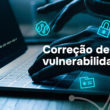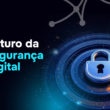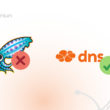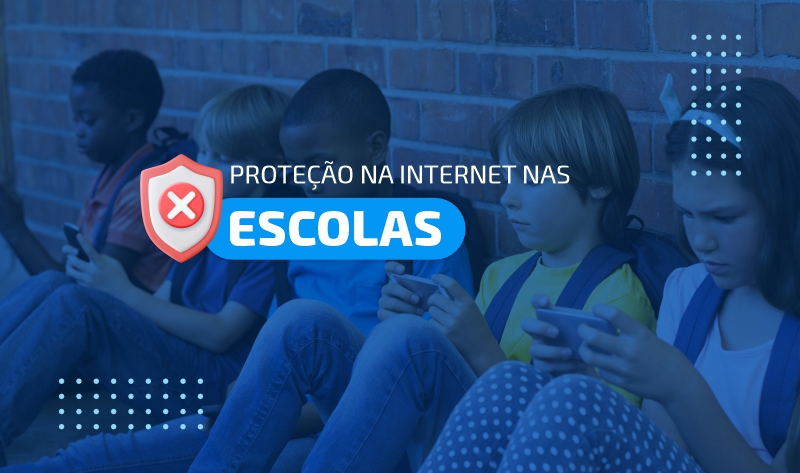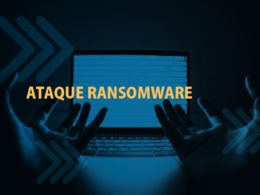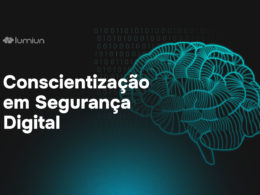Digital advancement within schools had been gaining large proportions for many years. Many institutions have already implemented their routines with technological resources as a way of favoring learning and making routine within the school even more practical and intelligent. But besides, it is important to talk about safety in schools also in the digital environment.
Recent attacks on day care centers and schools have demonstrated how safety vulnerabilities may be anywhere, a fact that shows the need to maintain attention to all aspects that affect children . The school always represented a safe space, where parents left their children worrying.
However, these tragedies eventually destroyed this presumed confidence and demonstrated to parents that threats can come from anywhere. Many institutions have hired security professionals to ensure their students' physical integrity. But how is safety in the digital environment?
With the arrival of the recent COVID-19 pandemic, many schools have faced the need to adapt their classes and activities for the online sport. This change brought great concern to institutions and responsible for the students, mainly due to the security of data and children in this environment.
This is because the recurring use of devices for communication between institutions and students has evidenced great vulnerabilities that can put the physical and mental safety of these children in danger. According to Microsoft data, only 58% of children and adolescents report to a guardian after experiencing some risk on the internet , demonstrating the need to seek viable solutions.
But what are the real risks that students run in the digital environment within schools?
Internet security within educational institutions
Unlike previous generations, children are currently from birth to contact with technology and adapted to the use of digital devices and resources. Following the flow of technology, schools use various tools aimed at improving learning , helping children adapt to new technologies and using these resources in favor of their routine and school development.
However, although the internet has numerous benefits when applied in a school environment, it also has some negative aspects, especially with regard to data protection and children's security when using digital tools.
The recent case of the 12 -year -old girl who was kidnapped in Rio de Janeiro brought to the agenda the demand for more efficient control of children's behavior on the internet. According to a survey conducted in 2022, about 93% of children and adolescents (9 to 17 years) use the internet . Panorama Mobile Time/Opinion Box survey data ).
The reality is that, given so many weaknesses that can be found in the digital environment, technology can also be a real risk. Among the main problems of digital security in the school environment , we can mention:
Lack of security and privacy during online activities
Although the internet and digital tools deliver many benefits to children's educational and learning institutions, it also favors data collection of children using platforms. These data can be diverted and used maliciously by criminals.
The most innocent of applications can be a real danger when it comes to cyber security. The confidentiality of information is a great concern today, so much so that the general data protection law has brought essential paradigms to ensure the protection of information in the digital environment.
Data sharing with third parties
Data sharing is a great concern in the digital age. When we refer to children and their internet security, this concern takes on an even greater proportion. The recent incidents with data leakage exposed the vulnerability state that children present in the digital environment.
Educational platforms, although practical and beneficial, often come from outsourced developers, who do not always deliver guarantees that the information collected is protected according to the specifications of the law . This means that data such as full name, date of birth, residential address, photos, and other information can be viewed by third parties, and even fall into people with dangerous intentions.
Contact with cybercriminals
Depending on school policy, students can have access to various websites, game platforms and entertainment pages. In many of these pages and games, users are able to keep in touch with colleagues and game partners without any control or monitoring.
The biggest problem of this type of contact is that among these users may be people with criminal and dangerous intentions . With this, children can be exposed to numerous risks and threats, providing extremely sensitive data such as photos, residential address, family routine, among others.
EXPOSURE OF STUDENTS ON SOCIAL NETWORKS
It is very important for parents to be aware of how their children's image is being used on the internet. No matter how much intention, the exposure of children's photos on social networks (in cases where there is no control by those responsible) can be extremely dangerous. It is important that there is consent between the educational institution and those responsible for how students can be used safely.
As harmless as this kind of information seems, knowing the routine, addresses and times of children favors the action of kidnappers , demonstrating how this type of information exchange can be dangerous.
The danger of the challenges on the Internet
For children, online games and internet challenges represent one of the largest dangers in the digital world. This is because these children do not have the necessary discernment so that they know how to determine what is dangerous or may pose a risk to their mental and physical health.
These challenges appear in a joke form and can follow a dark and dangerous path, endangering the mental and physical integrity of children. Another very dangerous example is online harassment. In this regard, we can include cyberbullying , digital harassment and trolling.
The internet provides extremely important and relevant solutions to the present, but it is also an environment full of threats. Because of the growth in the use of technological resources in the school environment, cases of cyberbullying have increased dramatically in recent years, causing unthinkable risks to children.
All these factors end up showing us that concern for the threats of the digital world must be a priority for parents. For this, it is necessary to rely on resources and security tools that help keep children away from problems in the digital environment, especially within schools.
How to protect students on the internet?
We know that many of these threats are out of our control. But it is important for parents to know what their children do in the online environment. It is essential that families find ways to minimize exposure to the various dangers that are found on the internet.
For this, it is important that guardians and educational institutions establish efficient access control that helps monitor what children do in the digital environment. Using control and access tools helps to reduce exposure and contributes to the protection of children's integrity and health.
We even publish a recently interesting material, a guide to educators , which practically shows good tools to protect students on the school.
Relying on the correct resources allows the school and those responsible to avoid damage that can be caused by the dangers of the internet. We currently have seen absurd cases in the media, often being the result of the exposure of dangerous content on the internet. For this reason, we should keep a look at all that is done in the digital environment and prevent our children from being exposed to these dangers that have been causing more and more problems.
Until later!
